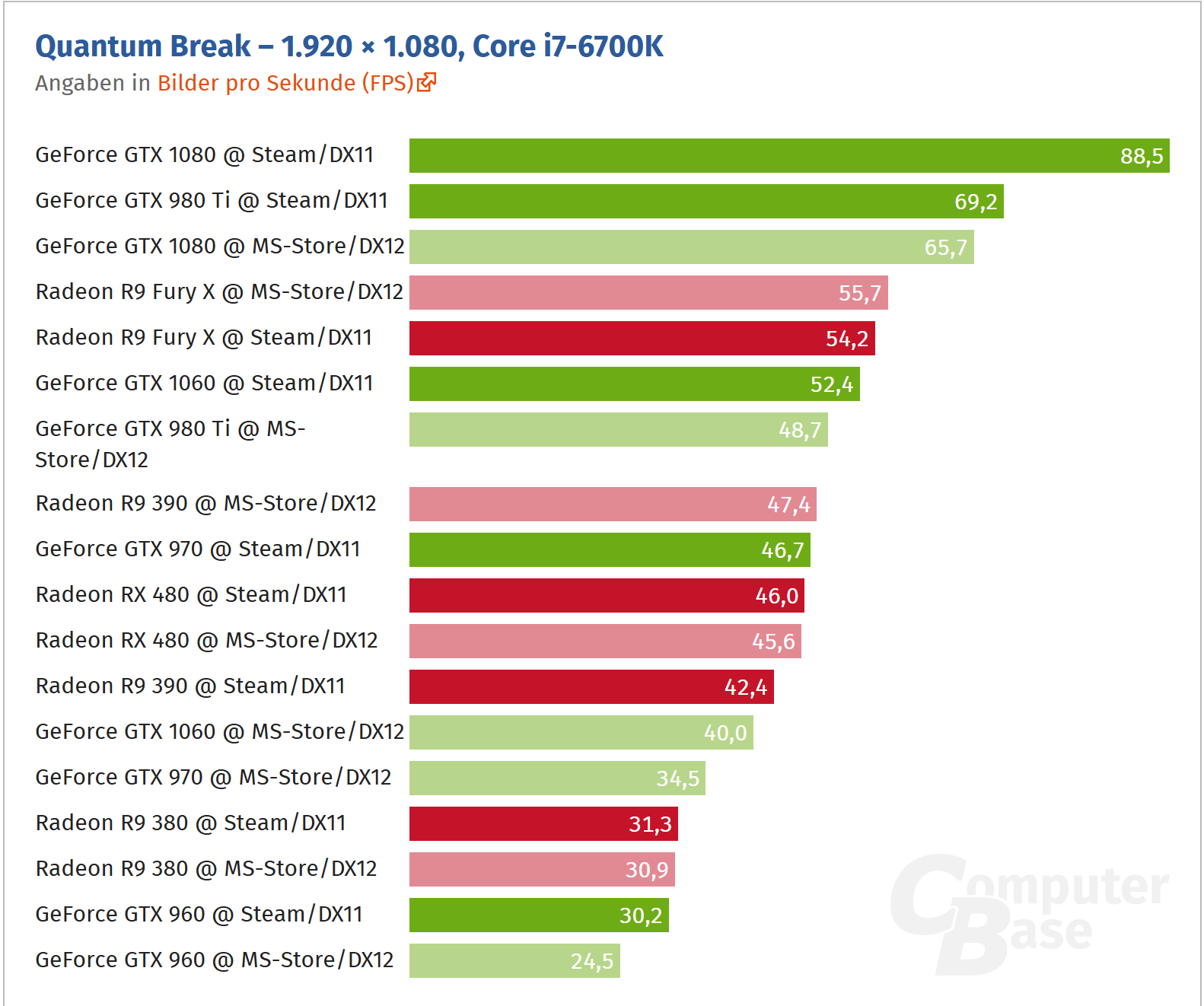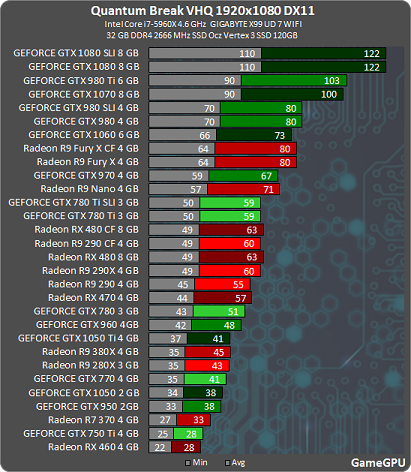To facilitate high triangle rates, we designed a scalable geometry engine called the PolyMorph Engine. Each of the 16 PolyMorph engines has its own dedicated vertex fetch unit and tessellator, greatly expanding geometry performance. In conjunction, we also designed four parallel Raster Engines, allowing up to four triangles to be setup per clock. Together, they enable breakthrough triangle fetch, tessellation, and rasterization performance. The PolyMorph Engine The PolyMorph Engine has five stages: Vertex Fetch, Tessellation, Viewport Transform, Attribute Setup, and Stream Output. Results calculated in each stage are passed to an SM. The SM executes the game’s shader, returning the results to the next stage in the PolyMorph Engine. After all stages are complete, the results are forwarded to the Raster Engines.
The first stage begins by fetching vertices from a global vertex buffer. Fetched vertices are sent to the SM for vertex shading and hull shading. In these two stages vertices are transformed from object space to world space, and parameters required for tessellation (such as tessellation factor) are calculated. The tessellation factors (or LODs) are sent to the Tessellator.
In the second stage, the PolyMorph Engine reads the tessellation factors. The Tessellator dices the patch (a smooth surface defined by a mesh of control points) and outputs a mesh of vertices. The mesh is defined by patch (u,v) values, and how they are connected to form a mesh.
The new vertices are sent to the SM where the Domain Shader and Geometry Shader are executed. The Domain Shader calculates the final position of each vertex based on input from the Hull Shader and Tessellator. At this stage, a displacement map is usually applied to add detailed features to the patch. The Geometry Shader conducts any post processing, adding and removing vertices and primitives where needed.
The results are sent back to the PolyMorph Engine for the final pass.
In the third stage, the PolyMorph Engine performs viewport transformation and perspective correction. Attribute setup follows, transforming post-viewport vertex attributes into plane equations for efficient shader evaluation. Finally, vertices are optionally “streamed out” to memory making them available for additional processing. On prior architectures, fixed function operations were performed with a single pipeline. On GF100, both fixed function and programmable operations are parallelized, resulting in vastly improved performance.
Raster Engine
After primitives are processed by the PolyMorph Engine, they are sent to the Raster Engines. To achieve high triangle throughput, GF100 uses four Raster Engines in parallel.
Recap of the GPC Architecture
The GPC architecture is a significant breakthrough for the geometry pipeline. Tessellation requires new levels of triangle and rasterization performance. The PolyMorph Engine dramatically increases triangle, tessellation, and Stream Out performance. Four parallel Raster Engines provide sustained throughout in triangle setup and rasterization. By having a dedicated tessellator for each SM, and a Raster Engine for each GPC, GF100 delivers up to 8× the geometry performance of GT200.


